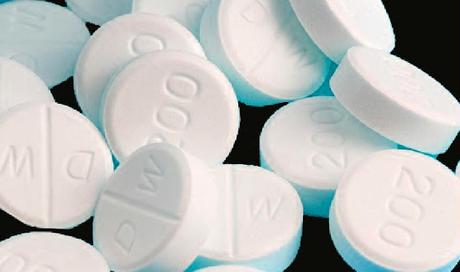
modern mass-produced pills
Evidence suggests the first pills were created around 1,500 BC in Egypt. At that time, ingredients would have been mixed, then formed into little balls with nimble fingers using excipients such as clay, bread, honey, grease and/or tree resins to bind everything together.A thousand years later, some pills began to be indented with trademarks as exemplified by Terra Sigillata (Sealed Earth) that originated from the Greek Island of Lemnos. At that time, once each year small governmental and religious dignitaries bore witness to a particular clay being dug and removed from a pit on a Lemnian hillside. This clay was then rolled into small pastilles, impressed with a seal by a priestess, sun-dried and finally distributed on a commercial basis to the wider community. This practice has evolved into the unique imprinted codes on pills today that identify the type of medication, its ingredients and also the manufacturer.The innovative Romans had pill-making equipment as evidenced by an object at the British Museum, a stone with long flat grooves. The pill-maker would press the medicinal mixture into the grooves, make long wormy snake-like strings, then evenly cut them to make the pills.At the beginning of the Industrial Age (1700s) the first pill-making machine was developed and soon became a must have for any chemist in the 18th, 19th and into the early 20th centuries. This machine would allow the chemist to make it possible to produce a higher quantity of pills quickly.

top half of a Victorian pill making machine
Lancaster Medical Heritage Museum (photo: Peter Dyer)
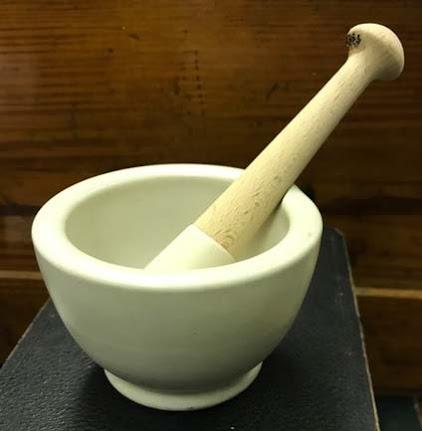
mortar and pestle
Lancaster Medical Heritage Museum (photo: Peter Dyer)
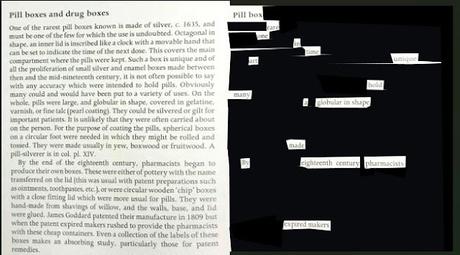
rare one
in time art
unique
hold many
a globular shape
made by
eighteenth century
pharmacists
expired makers
This piece came from an article by Elsevier published in International Journal of Pharmaceutics Volume 581.
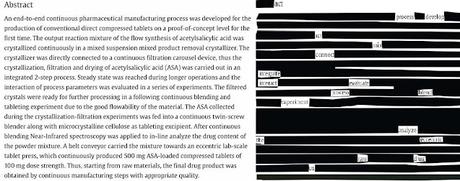
act
processdevelop
act
mix
connect
integrate
interact
evaluate
process
blend
experiment
analyze
the eccentric
raw drug
us
And finally, here’s one using the beginning of Gaikwad and Kshirsagar’s Review on Tablet in Tablet techniques.
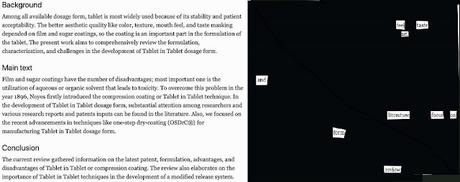
feel taste
art and literature
focus on form
review techniques
release
Thank you for reading.
Kate J
Sources:* Elsevier, B.V., 2020. End to end continuous manufacturing of conventional compressed tablets: From flow synthesis to tableting through integrated crystallization and filtration. International Journal of Pharmeceutics Volume 581. https://www.sciencedirect.com/science/article/pii/S0378517320302817 (Accessed 30 July 2023).
*Gaikwadd S.S. and Kshirsagar S.J., 2020. Review on Tablet in Tablet techniques, Beni-Suef University Journal of Basic and Applied Sciences 9, Article Number 1. https://bjbas.springeropen.com/articles/10.1186/s43088-019-0027-7 (Accessed 1 August 2023).
*Gallway City Museum, 2023. Collections Spotlight – Victorian Pill Making Machine. https://galwaycitymuseum.ie/blog/collections-spotlight-victorian-pill-making-machine/?locale=en (Accessed 30 July 2023).
*LeDoux, M., 2016. The history of compounds, extraction and tablet compression. https://www.naturalproductsinsider.com/contract-manufacturing/history-compounds-extraction-and-tablet-compression (Accessed 30 July 2023).
*Mestel, R., 2002. The Colorful History of Pills Can Fill Many a Tablet. https://www.latimes.com/archives/la-xpm-2002-mar-25-he-booster25-story.html (Accessed 30 July 2023).
*Museum of Healthcare at Kingston, 2023. From the Collection Pill Machine. https://artefact.museumofhealthcare.ca/?p=380 (Accessed 30 July 2023).
*Thomas Processing, 2022. How Tablets Are Manufactured. https://thomasprocessing.com/how-tablets-are-manufactured/ (Accessed 30 July 2023).
*Thom, R. 2014. Terra Sigillata, An Early “Trademarked” Drug. https://hannemanarchive.com/2014/12/12/history-of-pharmacy/ (Accessed 30 July 2023).
Email ThisBlogThis!Share to TwitterShare to Facebook
